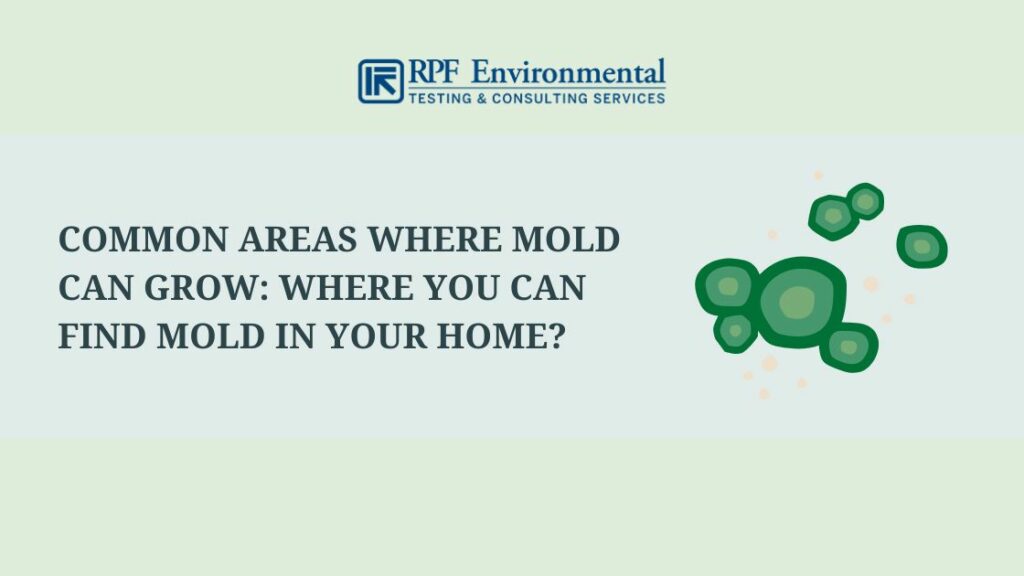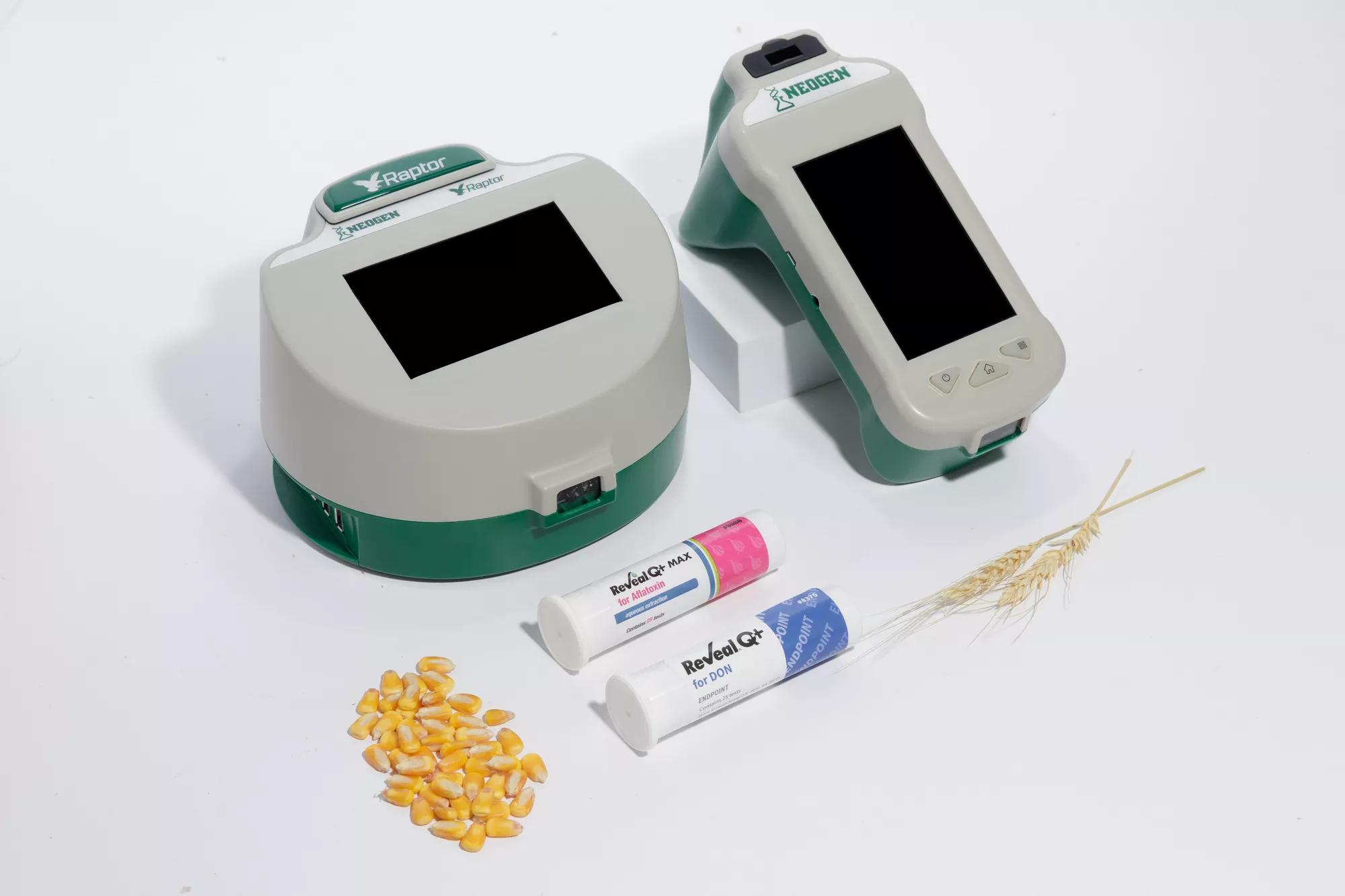Discover the Benefits of Professional Mycotoxin testing Services Today
Discover the Benefits of Professional Mycotoxin testing Services Today
Blog Article
How Mycotoxin Testing Helps Avoid Contamination and Secure Food Products

Mycotoxin screening is an important technique in the food industry, serving as a frontline protection versus contamination by hazardous toxic substances generated by mold and mildews. Through the application of advanced methods like High-Performance Fluid Chromatography (HPLC) and Fluid Chromatography-Mass Spectrometry (LC-MS), food producers can accurately quantify and spot mycotoxin levels in farming items.
Understanding Mycotoxins
Comprehending mycotoxins starts with acknowledging that they are hazardous additional metabolites created by specific molds, which can contaminate agricultural products. These metabolites are not important for the growth or reproduction of the fungis yet can have extreme effects for animal and human health. Mycotoxins are generally located in staple plants such as corn, wheat, barley, and nuts, where they can multiply under details problems of wetness and temperature.
There are several types of mycotoxins, each produced by various fungal types. Aflatoxins, produced by Aspergillus species, are amongst the most notorious, recognized for their cancer causing residential or commercial properties. Another substantial team includes ochratoxins, generated by Aspergillus and Penicillium types, which have nephrotoxic effects. Fusarium varieties create trichothecenes and fumonisins, both of which are connected with numerous severe and chronic health and wellness issues.

Dangers of Mycotoxin Contamination
The dangers of mycotoxin contamination are diverse, positioning significant hazards to both food security and public health and wellness. Mycotoxins, toxic substances created by particular kinds of fungis, can contaminate a large range of agricultural items consisting of cereals, nuts, seasonings, dried fruits, and coffee. Once these contaminants infiltrate the food supply, they can lead to significant health and wellness issues such as liver damages, kidney failure, and also cancer. At risk populaces, including kids, the elderly, and immunocompromised people, are particularly in jeopardy.
Economic influences are another significant problem. Contaminated plants can result in considerable economic losses for farmers and food producers because of lowered yields and the requirement for pricey decontamination steps. Global trade can be considerably impeded as nations apply strict mycotoxin policies to secure their populaces, leading to rejected shipments and strained trade connections.
Ecological variables such as environment adjustment exacerbate the risk of mycotoxin contamination. Variations in temperature and humidity can create beneficial conditions for fungal development, boosting the probability of contamination occasions. Hence, understanding and alleviating these threats are critical for guaranteeing the safety and stability of worldwide food products.
Approaches of Mycotoxin Examining
Properly determining mycotoxin contamination in agricultural products is important for protecting public health and maintaining food safety requirements. Numerous techniques are used to discover and measure mycotoxins, each offering particular advantages and constraints.
High-Performance Fluid Chromatography (HPLC) is a commonly used approach as a result of its high level of sensitivity and precision. It involves dividing mycotoxins from other substances in an example, allowing accurate metrology. Liquid Chromatography-Mass Spectrometry (LC-MS) incorporates liquid chromatography with mass spectrometry to give in-depth molecular information, making it specifically helpful for identifying several mycotoxins simultaneously.

Gas Chromatography-Mass Spectrometry (GC-MS) and Thin-Layer Chromatography (TLC) are also employed, each with unique applications. GC-MS works for volatile mycotoxins, while tender loving care supplies a less complex, economical option for preliminary screening.
Benefits of Regular Checking
Normal screening for mycotoxins in farming products provides various benefits, significantly adding why not try here to public wellness and food security. By determining contamination early, regular screening aids stop the distribution of toxic foods, thereby reducing the threat of mycotoxin-related ailments amongst customers. This proactive approach not just safeguards human health and wellness but also boosts the general quality of food products.
Constant screening likewise supports regulatory conformity. Various countries and areas have actually established strict limitations for mycotoxin levels in food and feed. Sticking to these limitations with regular screening guarantees that providers and manufacturers satisfy lawful requirements, thus staying clear of charges and trade obstacles. Preserving conformity fosters customer trust fund and brand online reputation, which are crucial for market success.
Furthermore, routine mycotoxin screening can bring about significant economic benefits. Early discovery of contamination permits for prompt treatment, reducing prospective losses from extensive contamination. Applying normal testing protocols can likewise decrease recall prices and relevant responsibilities, which can be monetarily devastating.
Additionally, regular testing offers important data that can educate better agricultural practices and storage conditions. By understanding patterns of contamination, manufacturers can embrace safety nets, thereby minimizing future risks and contributing to the sustainability of the food supply chain.
Executing Evaluating Protocols
Applying efficient mycotoxin testing methods is important for ensuring the safety and special info security and high quality of agricultural items. Each phase needs to be scrutinized to identify where mycotoxin contamination is most likely to occur.
When crucial control factors are determined, picking suitable screening techniques is essential. Typical techniques include enzyme-linked immunosorbent assay (ELISA), high-performance fluid chromatography (HPLC), and mass spectrometry (MS) Each method has its toughness and weaknesses; therefore, picking the appropriate one relies on the particular mycotoxin being checked, the required sensitivity, and readily available resources.

Finally, integrating the screening protocols right into a detailed food safety monitoring system is recommended. This enhances traceability and makes it possible for quick corrective activities when contamination is discovered, thereby guarding the honesty of the food supply chain.
Final Thought
Mycotoxin testing is necessary in avoiding contamination and guarding food supplies by making it possible for early discovery of hazardous contaminants produced by mold and mildews in agricultural items. Advanced methods such as HPLC and LC-MS make sure compliance with security laws and safeguard customers from wellness risks. Routine screening enhances brand name online reputation, financial security, and rely on food security Read Full Article by decreasing contamination-related losses and maintaining high requirements in food manufacturing. Implementing rigorous screening methods is hence crucial for the sector's overall wellness.
Mycotoxin testing is an important method in the food sector, serving as a frontline protection versus contamination by unsafe contaminants generated by mold and mildews. An integrated technique including agricultural practices, storage space monitoring, and normal screening can minimize the dangers linked with mycotoxin contamination, guaranteeing food safety and security and public wellness.
The dangers of mycotoxin contamination are diverse, presenting significant threats to both food safety and public wellness.Routine screening for mycotoxins in farming items provides various advantages, significantly adding to public wellness and food security.Mycotoxin testing is essential in avoiding contamination and safeguarding food products by allowing very early discovery of hazardous contaminants created by molds in farming products.
Report this page